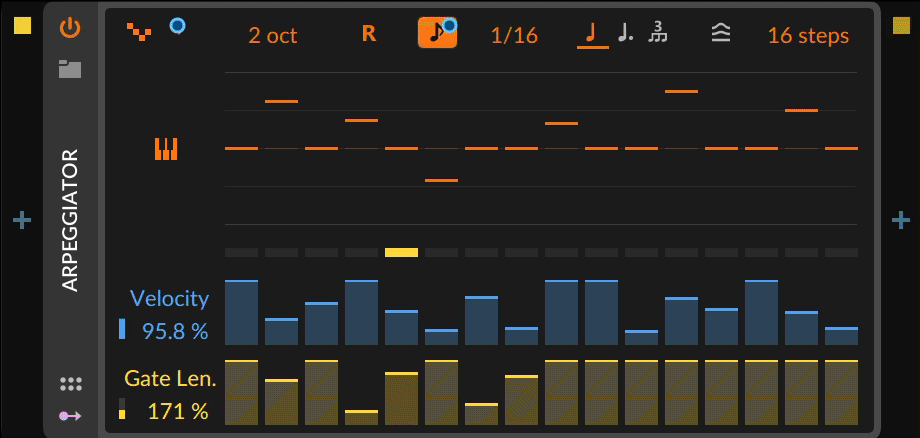Details: https://downloads.bitwig.com/beta/3.2/R ... eta-1.html
Some highlights:
New EQ:

Saturator:

Updated Arpeggiator:

New modes for Selector containers:

Mini displays for inserts in the Mix panel:

Return channels added to Drum Machine:

Few new Grid modules:

Tool finally goes to zero













